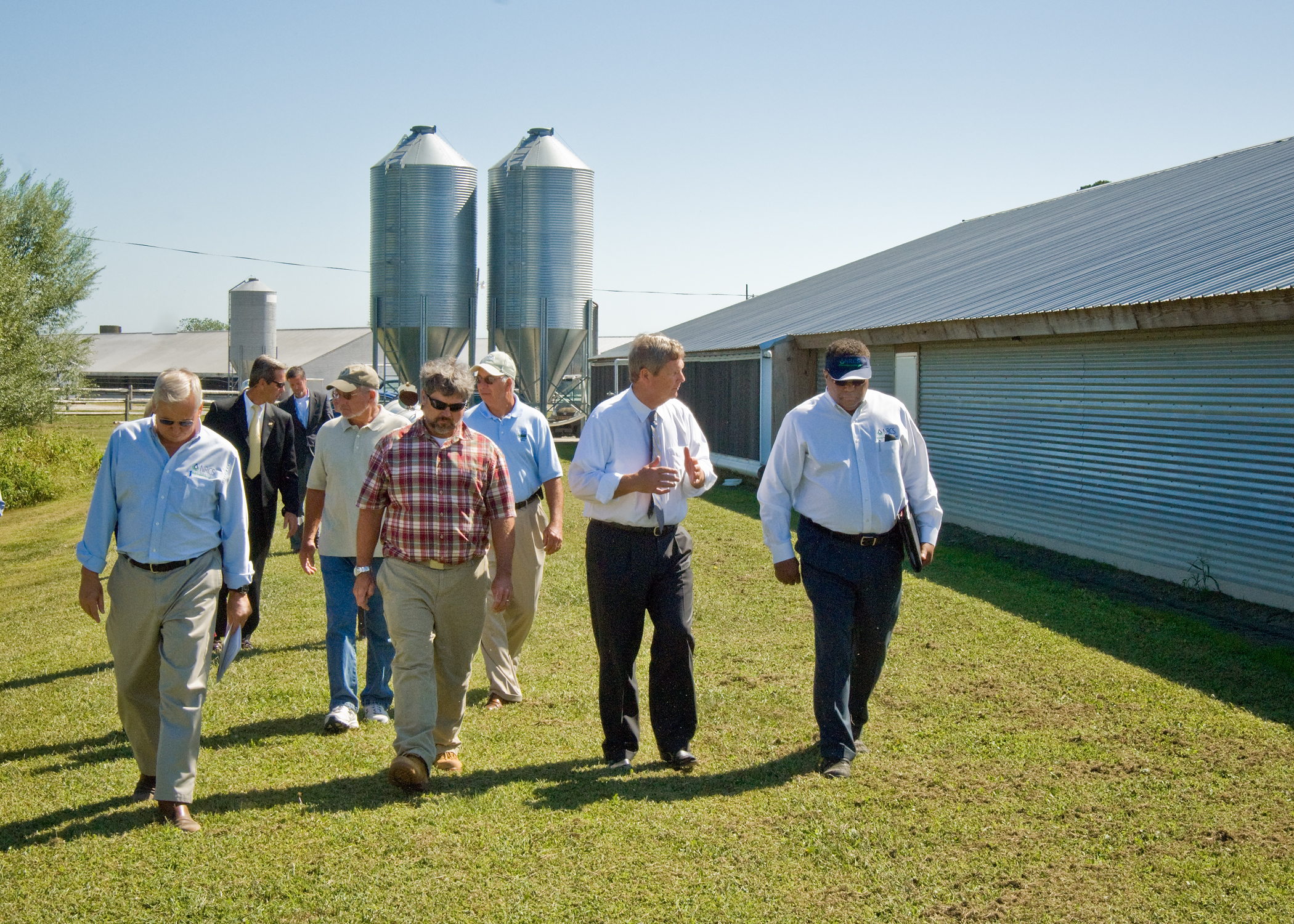

Thanks to the hard work of Rural Americans, along with record investments in infrastructure under the Recovery Act and the 2014 Farm Bill, over the last seven years America was able to pull itself out of one of the deepest economic recessions since the Great Depression. While we’ve seen wages rise and unemployment fall in rural areas over the last several years, workers in rural America still receive less hours and earn less pay than those in urban areas. Fortunately, for those who need help making ends meet, the Earned Income Tax Credit can help.
For the last 40 years, the Earned Income Tax Credit (EITC) has made life better for millions of workers across the United States. The average amount of EITC received by families last year was more than $2,400. These are dollars for working families and individuals that can make all the difference in helping pay for transportation, housing, school supplies or other critical needs. If your family or someone you know earned less than $53,267 from wages, running a business or farm, or from Form 1099 MISC, check out the IRS EITC website or talk to your tax preparer to determine whether you are eligible.
When people use the credit, we know it makes a difference. The EITC, along with the Child Tax Credit, greatly improves opportunities for working families. These working-family tax credits lifted 9.4 million people out of poverty in 2013, including 5 million children, and made 22 million other people under the poverty line better off.
The EITC can be particularly important in some rural areas, where incomes tend to be lower than urban areas and poverty rates can be higher. So while this tax credit is important not only to individuals and families, it can be a boost to local economies because it essentially raises wages for a significant number of workers in the community.
EITC eligibility depends on several factors, including income and family size. If you don’t have a qualifying child and earned under $20,330, find out if you qualify for a smaller credit, worth as much as $503. Don’t guess about EITC eligibility. Rather, use the EITC website or consult with a tax preparer to find out if you do qualify for EITC.
It’s easy to find free tax help to prepare and file your taxes. There is an entire network of people ready to provide free assistance, called the Volunteer Income Tax Assistance (VITA) network. Use the VITA locator tool on IRS.GOV to find a volunteer site near you or call 1-800-906-9887. The amount of the EITC depends on the amount you earned from working for someone or for yourself, whether you are married or single, and the number of qualifying children you have, if any. Find out if you are eligible at www.irs.gov/eitc.
EITC is recognized as one of the most effective tools for lifting families and individuals out of poverty, a priority for the White House Rural Council, which I chair. Throughout this administration, we have focused our efforts on leveraging resources to provide more opportunities to people in rural America. To learn more about our work, visit: https://obamawhitehouse.archives.gov/administration/eop/rural-council.


